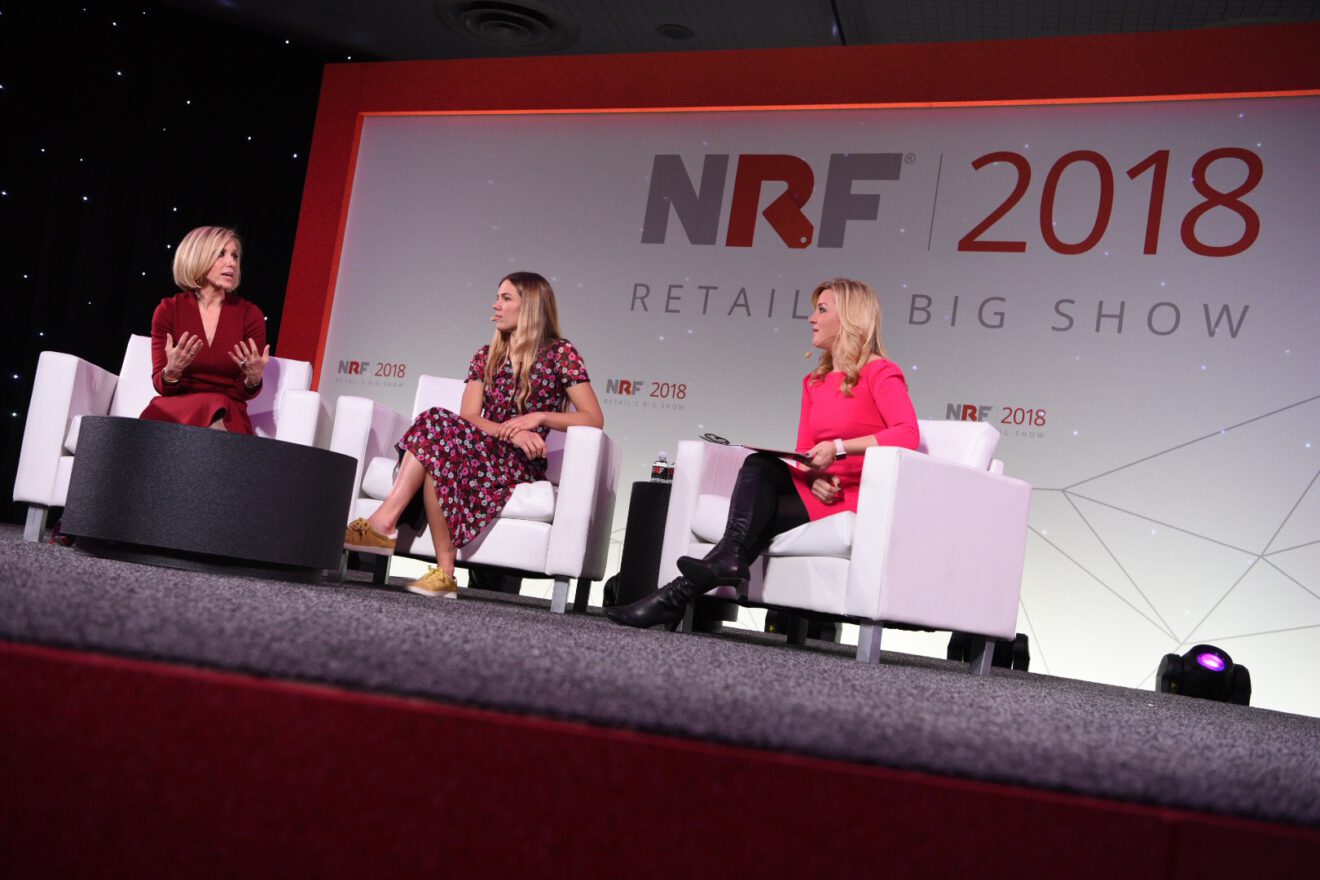In today’s connected consumer environment, it’s becoming increasingly clear that social commerce isn’t just a trend. Rather, it’s a channel that has huge possibilities for selling and it’s a growing force that retailers can’t ignore.
That message was clear at the National Retail Federation’s Big Show in New York City last month, especially during a session featuring Instagram’s Chief Operating Officer Marne Levine.
Today, about 25 million brands are on Instagram and the social platform influences nearly 75% of user purchase decisions, statistics that set the stage for a conversation with Levine that touched on the power of Instagram in retail today. Based on that conversation, here are some of the most important ways that retailers should be utilizing Instagram:
Tell retail brand stories
When used effectively, Instagram is a place where brands can really be themselves and show their customers their whole personalities, Levine told attendees. To do this, companies should think through their whole Instagram strategy, including feed posts, stories and hashtag use.
Brands should utilize the insights available to them through Instagram’s tools to see what works best for them and their customers, especially when it comes to determining how many times per day to post, what times they should post, how long their captions should be, how they should be using hashtags and other aspects of their strategies. Retailers need to constantly experiment on Instagram to see what works, she said.
One important thing for retailers to keep in mind when shaping their Instagram strategies is that consumers are interested in seeing and engaging with businesses’ stories. In fact, about a third of the platform’s most-watched stories come from businesses, Levine said.
Bringing influencers into Instagram strategies is another great way for retailers to communicate their brand stories to consumers, according to Levine.
“There’s a natural relationship between brands and influencers, there always has been,” she said.
The key for retailers is to take customers and turn them into their primary influencers that help expand their brand stories even further.
“That is the best kind of marketing there is,” Levine said.
Connect shoppers with the products they care about
Most users choose to connect with businesses on Instagram voluntarily, Levine told the crowd. This makes the social network a great platform for retailers to connect with new customers and engage with loyal ones where they choose to spend their time.
“What Instagram does is it brings people closer to the things they care about most,” Levine said.
Instagram offers many different types of opportunities for retailers to interact with shoppers, she said. Those interactions can come through messages, posts to their feeds, stories and comments. And there are also ways to enrich those interactions with tools like polling stickers that allow retailers to engage their customers and gather information that can help with product development.
“I think that’s really powerful,” Levine said.
Retailers must “really adopt a mobile mindset” to make the most of Instagram and engage with customers in real time, she said. One of the things Levine has learned through working with brands on Instagram is how personal doing business is today and the extent to which consumers want to personally know the businesses they choose to patronize.
“[The customers] are there and they are willing to interact with businesses,” she said.
Complete the customer journey
Levine said that one of the Instagram team’s major goals is to make the platform a place “where business gets done.” And the company strives to make Instagram a place where consumers can interact with businesses, where businesses can make sure the interactions they’re having with consumers are meaningful and where there is the potential for consumers to shop more easily.
The customer has changed, Levine pointed out. People want to buy things on their phones, but there’s a hole in the market. Instagram wants to make that mobile-based consumer journey work, but that journey isn’t linear. And the company is always working on tools to enhance that journey.
For example, Instagram rolled out the tool that allows users to save posts they want to go back to later because Levine said her team realized that people were taking screenshots of posts containing content they wanted to engage with further, including products they wanted to buy. Efforts like that lead to purchasing, she said.
Levine said that at the end of the day, retailers should use Instagram as a tool for experimentation and that they should work to constantly reorient their marketing, advertising and social strategies.
Julia Russell edits retail and food and beverage newsletters at SmartBrief and covers industry news for SmartBlog on Food and Beverage. She graduated from the Philip Merrill School of Journalism at the University of Maryland in College Park and did media research for cloud-based marketing software provider Vocus before joining SmartBrief.
